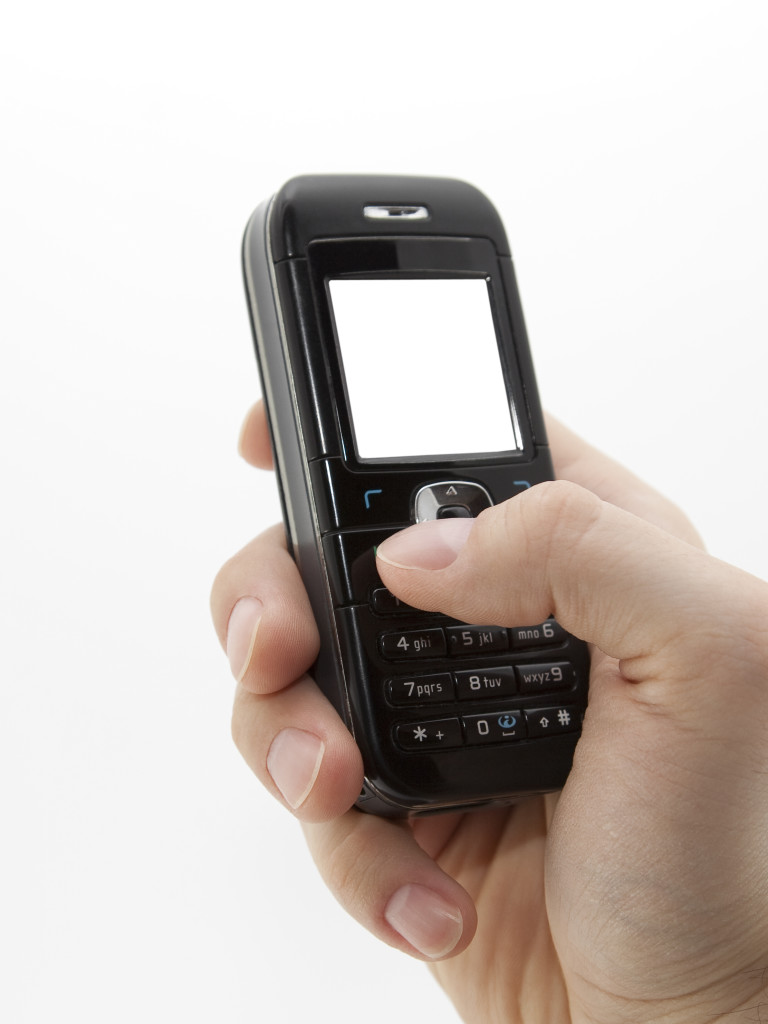From Clearly Influential with Sandy Donovan:
“Don’t you just always want to know what the other person is thinking? Whether a co-worker, significant other or the stranger I met in the grocery store – I always want to get inside their mind. I’m constantly wondering what they are REALLY thinking.
Unfortunately, a lot of us just aren’t that good at reading non-verbal cues. Something we haven’t talked about yet on this show is microexpressions. They’re tiny flashes of expressions that pop up on a face for a short time – so short that you won’t even notice unless you’re trained to. I’m talking like a tenth or fifteenth of a second. What’s cool is that the person making these expressions probably doesn’t notice that they’re making these expressions either. It happens at the subconscious level. What’s interesting is that these expressions can show us a person’s true emotion. They express fear, anger, happiness…. all the regular emotions, but at a fraction of a second, it goes unnoticed.
Our guest today says that, with training, you can become up to 90% accurate in reading these emotions. Imagine that! Most people don’t even know they exist, but with a little practice, you’ll know what people are feeling 90% of the time. Imagine the leg up that can give you in negotiations.
Dr. David Matsumoto, Director of Humintell, is a renowned expert in the field of microexpressions, facial expression, gesture, nonverbal behavior, emotion and culture. He has published over 400+ articles, manuscripts, book chapters and books on these subjects. Since 1989 Matsumoto has been a Professor of Psychology at San Francisco State University. He is also the Founder and Director of SFSU’s Culture and Emotion Research Laboratory. The laboratory focuses on studies involving culture, emotion, social interaction and communication. In 2009, Matsumoto was one of the select few to receive the prestigious Minerva Grant; a $1.9 million grant from the US Department of Defense to examine the role of emotions in ideologically-based groups. He trains law enforcement, is the author of numerous books and is a 7th degree black belt.
Today is all about finding concealed emotion and noticing indicators that most others don’t even notice. Understanding this information will certainly give you better insight into what your audience is thinking and feeling.”
 A recent Washington Post article written by Caitlin Dewey states that the average person sends and receives 42 texts each day and that many of these texts seem far too intimate to discuss by short messages sent through your phone.
A recent Washington Post article written by Caitlin Dewey states that the average person sends and receives 42 texts each day and that many of these texts seem far too intimate to discuss by short messages sent through your phone. Written by Humintell Affiliate Christian Andrada
Written by Humintell Affiliate Christian Andrada